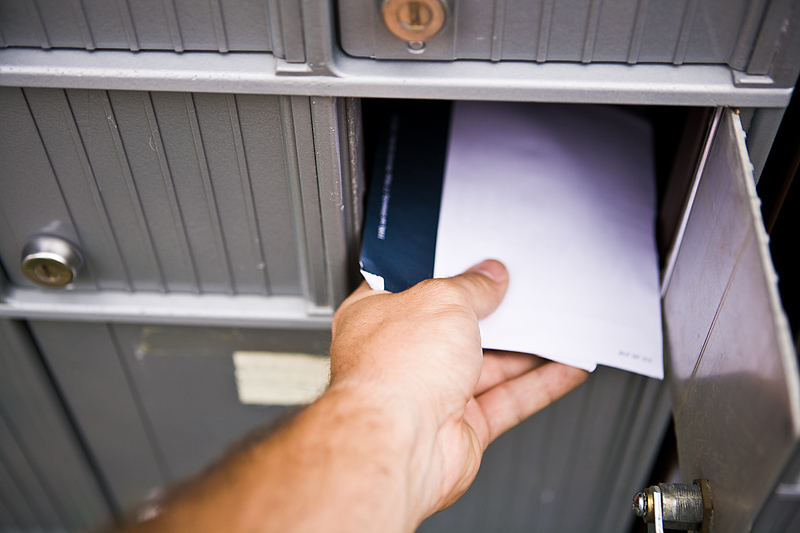Did You Just Get an IRS Notice of Deficiency? Here's What to Do Next
Receiving a notice can increase your blood pressure

Nobody likes getting mail from the IRS — especially when it's something you weren't expecting.
One minute, you're minding your own business and aren't even thinking about that return you filed months ago. The next minute you open your mailbox and see something called a "Notice of Deficiency" — and your anxiety immediately goes through the roof.
At this point, the most important thing you can do is to relax and take a deep breath. Getting a Notice of Deficiency from the IRS in the mail doesn't automatically mean you're about to be audited, and in fact, it may not mean anything bad at all. It does, however, require you to keep a few key things in mind to make sure that you respond in the right way.
What Is an IRS Notice of Deficiency?
Formally known as the CP3219A notice, a Notice of Deficiency is exactly what it sounds like — an indication that the IRS has recently received information that is different from what you originally reported when you filed your tax return for the year in question.
To put it another way, something that you put on your return doesn't match with a piece of information that a third party provided to the IRS. The discrepancy could be as simple as a difference between your self-reported income and income reported on a Form 1099.
Now, despite the scary-sounding name, this isn't necessarily a bad thing. Depending on the situation, it could just as easily result in a decrease in the amount of tax that you owe as it could result in an increase.
The note itself will explain exactly how the amount was calculated, so the first thing you're going to want to do is read it to make sure that you understand — but also that you agree.
Moving Beyond the Notice of Deficiency
If you agree with the changes as outlined by the Notice of Deficiency, then that’s terrific — this process is almost over. All you have to do is sign the enclosed form (which should be Form 5564) and mail it to the address that is printed on the notice itself. This is called the Notice of Deficiency Waiver, and it just means that you agree to either pay the new amount that you owe or, in a perfect world, agree that you would like the IRS to send you some money that you didn't know you had coming.
If you don't agree with the changes, however, note that you do have the right to challenge them by filing a petition with the United States Tax Court — but you have to do so by absolutely no later than the date shown on the notice itself. The court will not consider your petition if you file beyond this deadline.
If you don't agree with the changes and you have additional information that can help clear up any confusion, mail all of the supplementary documentation along with the aforementioned Form 5564 to the address on the notice. But keep in mind that doing this does not extend the amount of time you have to file your petition.
You should also be aware that if the mistake is something that happened because of identity theft that you suffered, there are additional options available to you. The most immediate involves filling out Form 14039, otherwise known as the Identity Theft Affidavit. You should then call the IRS, speak to a representative, explain your situation and get advice about what they want you to do next.
You could also contact the third party that gave the IRS the information that triggered the discrepancy in the first place. If the mistake is theirs, you can ask them to correct it — or at least provide you with more information to help you make your case.
If the mistake was a legitimate one on your end, you'll also probably want to go over any other returns that you filed to make sure they don't have the same issue — thus causing even more tax problems down the road. At the very least, you'll want to file an amended tax return to include any additional information that you received (like more 1099s) after you filed your original one earlier in the year.
If you owe additional taxes and can't afford to pay right now, don't worry — it happens. You could always set up a payment plan or make other arrangements with the IRS. Depending on the situation, you could also make an Offer in Compromise and settle your bill for far less than you originally owed.
Resolving a Notice of Deficiency can be very overwhelming, and if not handled properly, you could end up with an even larger problem than you started with. For more assistance and to get help with your CP3219A notice, contact our office today.